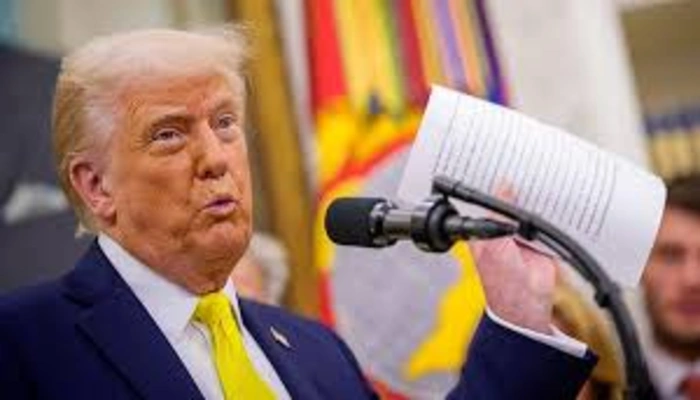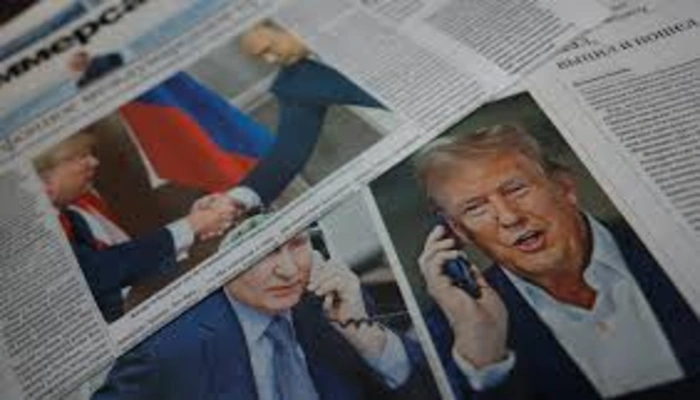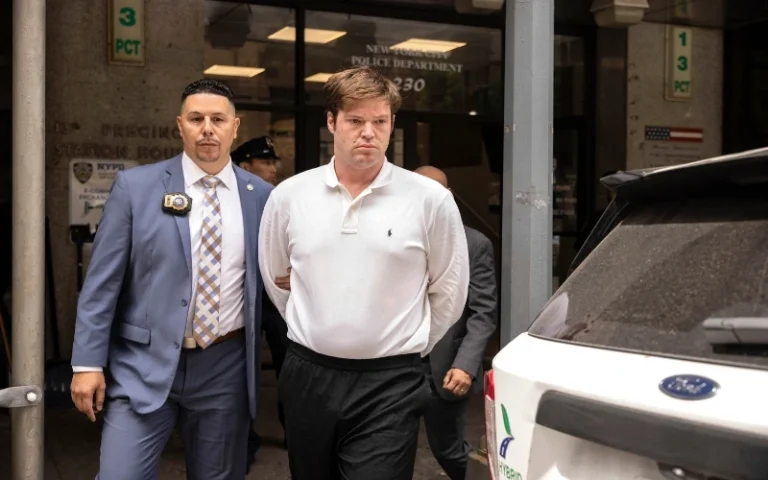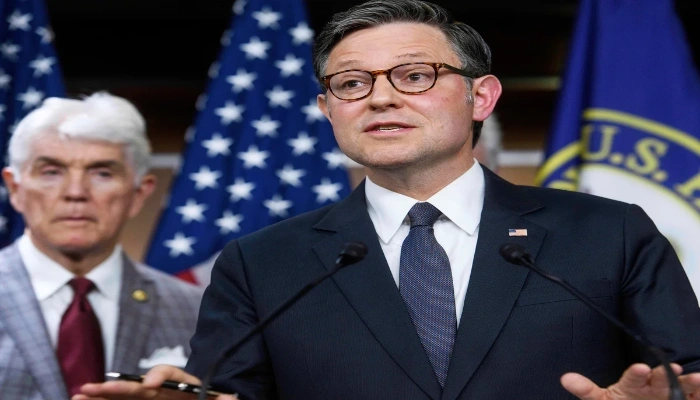
Donald Trump’s much-publicized phone call with Russian President Vladimir Putin failed to bring Ukraine closer to peace. Instead, it highlighted how far a breakthrough remains.
The call raised doubts about how involved Trump’s Call with Putin wants to be in resolving the conflict and deepened divisions between the US and its European allies over ending the war.
Ukraine and its European partners have called for a 30-day ceasefire to start talks on a lasting peace agreement. Russia, however, insists on immediate talks about a final deal, which many see as a tactic to continue its military offensives harming civilians.
After speaking with Putin, Trump said Ukraine and Russia would hold talks “as only they can” to discuss a ceasefire and eventually end the war all while fighting continues. This stance appeared to support Russia’s position.
Trump also added uncertainty to the peace efforts. He did not dismiss earlier comments by Vice President JD Vance suggesting the US might stop trying if progress stalls. After the call, Trump told reporters he could “just back away” if talks fail, leaving the parties to “keep going” on their own.
While this approach is a common negotiating tactic, some question if it’s a genuine threat, given the current administration’s skepticism about continuing aid to Ukraine.
Trump suggested the US might take a less direct role in peace talks, even hinting that the Vatican and the new Pope Leo could get involved. However, many experts believe peace won’t happen without strong American pressure.
Beth Sanner, former deputy director of national intelligence, said, “It feels like the president didn’t really try to pressure Putin at all. They had a two-hour talk, but what did we get?” She added that Putin’s demands remain extreme, with only an agreement to discuss a future peace framework and a possible ceasefire.
Trump’s Limited Peace Efforts Raise Doubts as Ukraine and Global Conflicts Escalate

Observers noted that Putin appeared to get what he wanted from the call. Russian officials hinted the conversation was unusually long and friendly. Kremlin aide Yury Ushakov said neither president wanted to end the call, fueling concerns that Trump may have been too deferential to Putin.
Before the call, expectations were high that Trump would take a tough stance. During his Middle East tour, he called it “turkey time” and his envoy Steve Witkoff praised Trump’s “unmatched force of personality,” saying the call would break the deadlock and lead to success.
Trump has so far refused to use the full leverage the US holds, such as tightening sanctions on Russia or sending more weapons to Ukraine. When asked why he won’t impose new sanctions, Trump said, “There’s a chance of getting something done, and if you do that, you could also make it much worse.” He added that tougher measures might come in the future but offered no clear timeline.
Without a firm deadline, Trump’s warnings seem more aimed at reducing pressure on himself than pressuring Putin. He also criticized the cost of the war, saying, “We gave a massive amount … It’s just a shame,” signaling he won’t match the Biden administration’s military aid to Kyiv.
Also Read: Trump’s Middle East Expansion: Business Boom or Ethical Bust?
Ukrainian President Volodymyr Zelensky responded diplomatically but firmly. After speaking twice with Trump on Monday, Zelensky called for stronger sanctions on Russia and proposed peace talks involving the US and Europe, possibly held in the Vatican, Turkey, or Switzerland. He warned, “It is crucial that the United States does not distance itself from the talks … because the only one who benefits from that is Putin.”
Zelensky called this a “defining moment” for world leaders to prove they can secure a ceasefire and lasting peace — a pointed message amid skepticism about Trump’s approach.
Trump often says he wants to focus on peace in a second term. “My whole life is like deals — one big deal,” he said Monday.

So far, Trump’s efforts to end conflicts have been limited. Since he took office, fighting in Ukraine and Gaza has escalated. Last week, Trump claimed a humanitarian success by helping secure the release of the last US hostage in Gaza through indirect talks with Hamas, bypassing Israel.
However, his reduced focus on ending the war after the October 7, 2023 attacks has created a gap. Israeli Prime Minister Benjamin Netanyahu has launched a new offensive in Gaza, where tens of thousands of Palestinians face starvation—a grim warning for Ukraine if US interest wanes there too.
Trump also took credit for easing tensions between India and Pakistan over Kashmir this month, but India disputed the claim that US involvement was decisive.
These conflicts stem from deep-rooted historical and national issues and won’t be resolved quickly. Compared to past US peace efforts in the Middle East or former Yugoslavia, Trump’s approach seems superficial, focused on short timelines rather than long-term solutions.
Trump said he believes Putin wants peace, but optimism is fading. Russia insists the war’s “root causes” must be addressed, including demands for Ukraine’s “de-Nazification” and limits on its sovereignty—terms Ukraine cannot accept if it is to remain independent.
Recently, Trump wondered if Putin was “tapping me along.” After Monday’s call, many question whether Trump is leading or being led.



